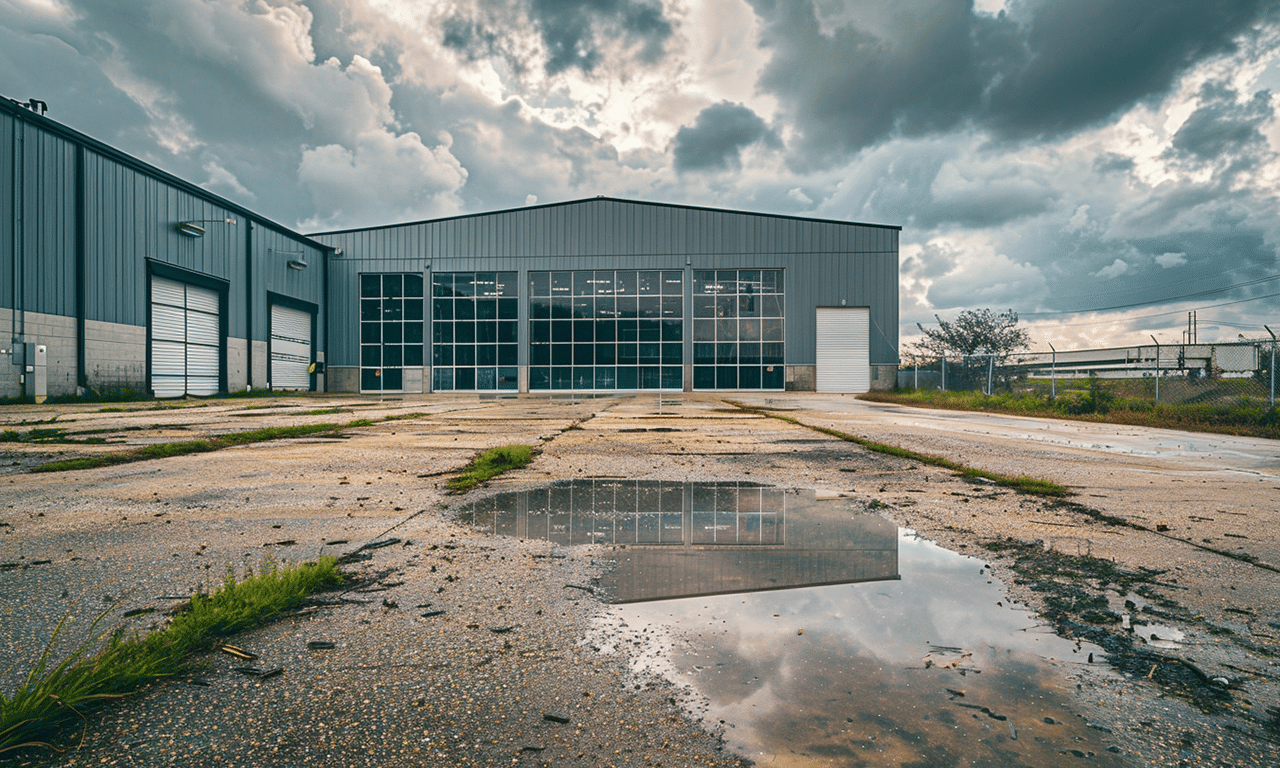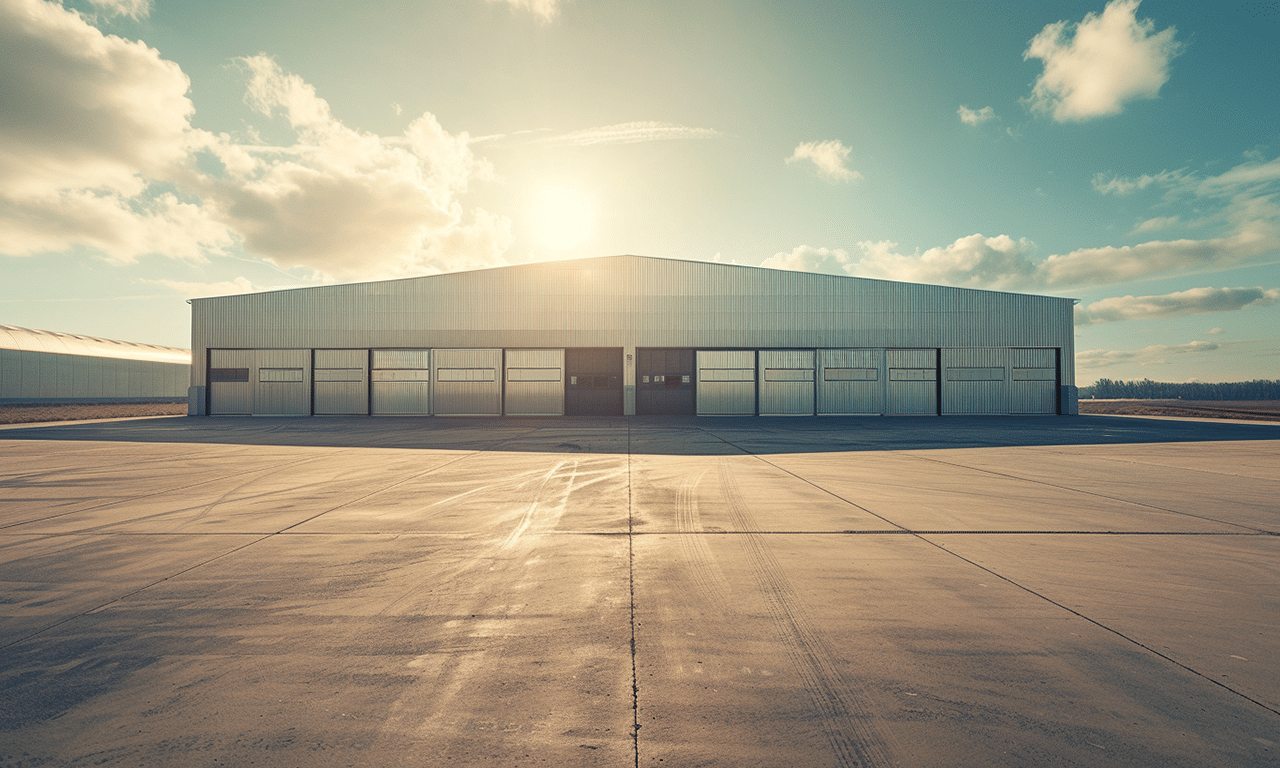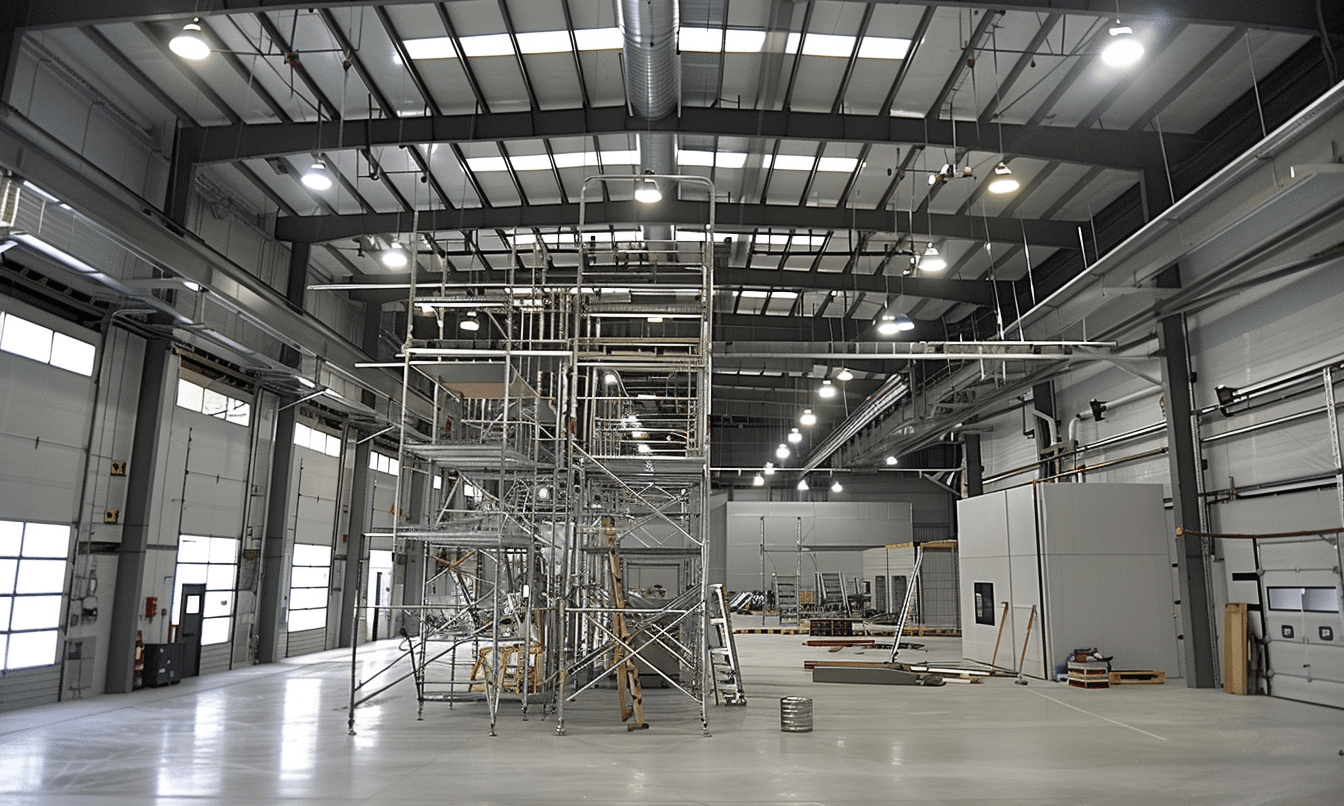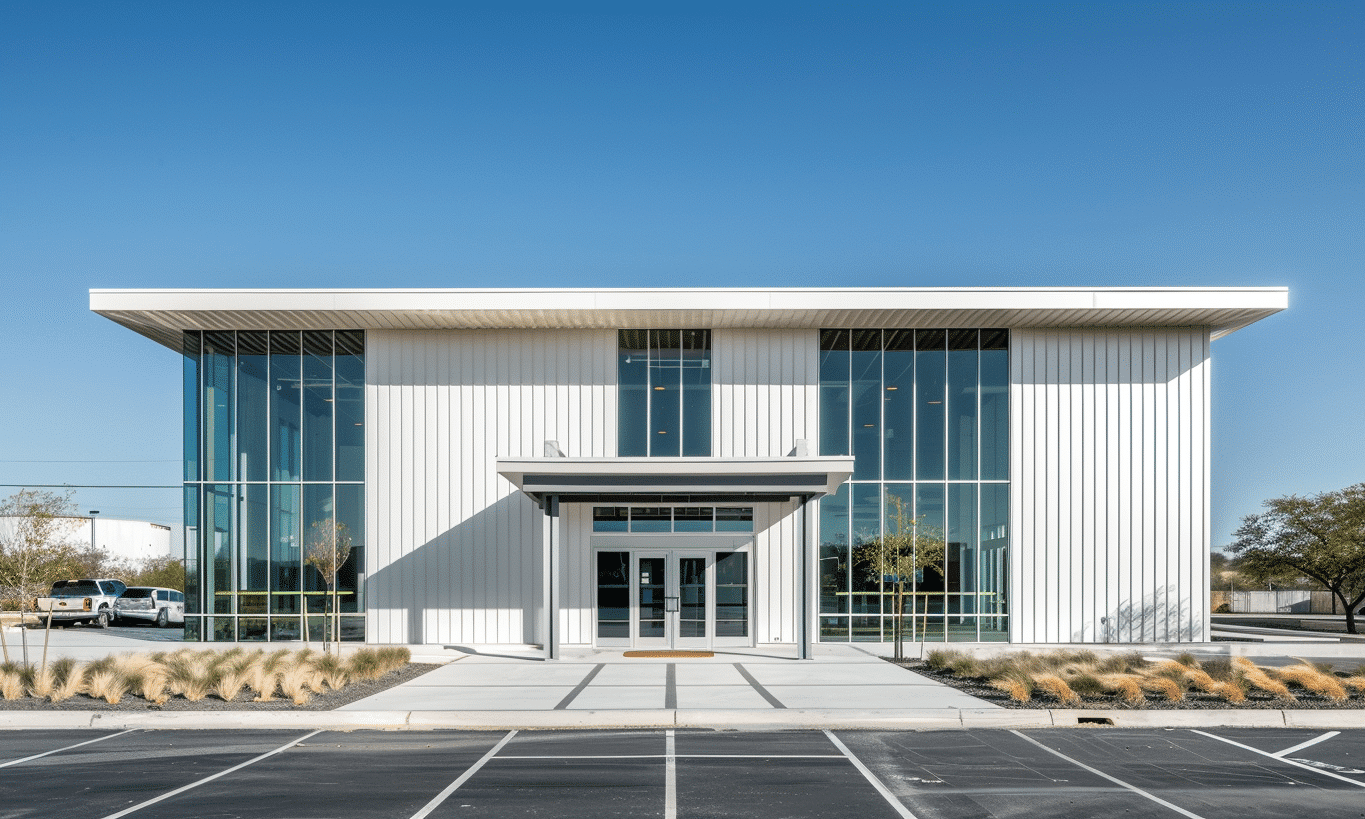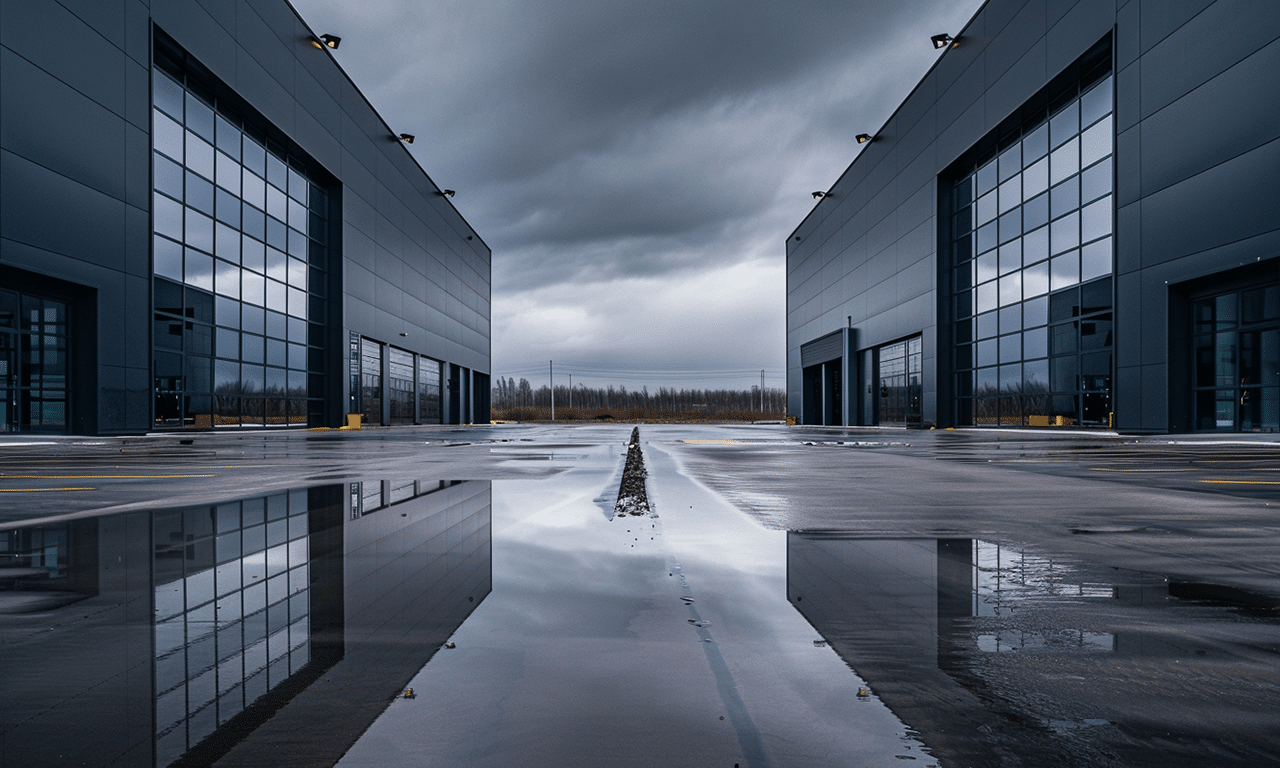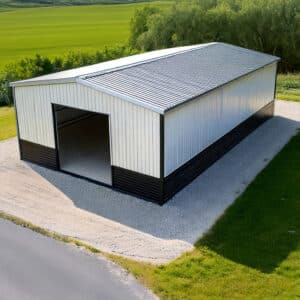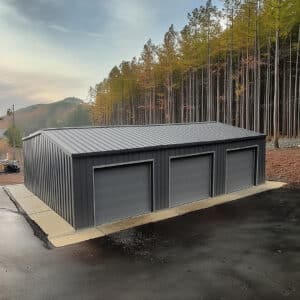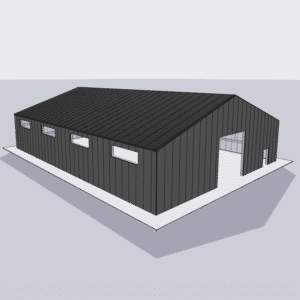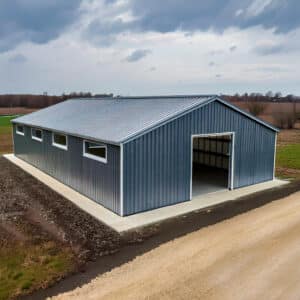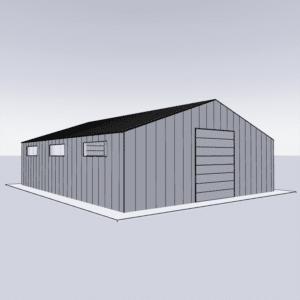Industrial Energy Facility Buildings & Structures
Affordable and Flexible Solutions
Energy facility buildings are transforming into the epitome of efficiency, sustainability, and resilience, playing a crucial role in our journey towards a greener future. These industrial structures, particularly modern industrial steel buildings, optimize energy usage while minimizing environmental impact.
On this page
The Role of Energy Facility Buildings in Modern Industry
Gallery
Key Features of Modern Energy Facility Buildings
Building Kits
Government Support and Programs for Energy Facility Development
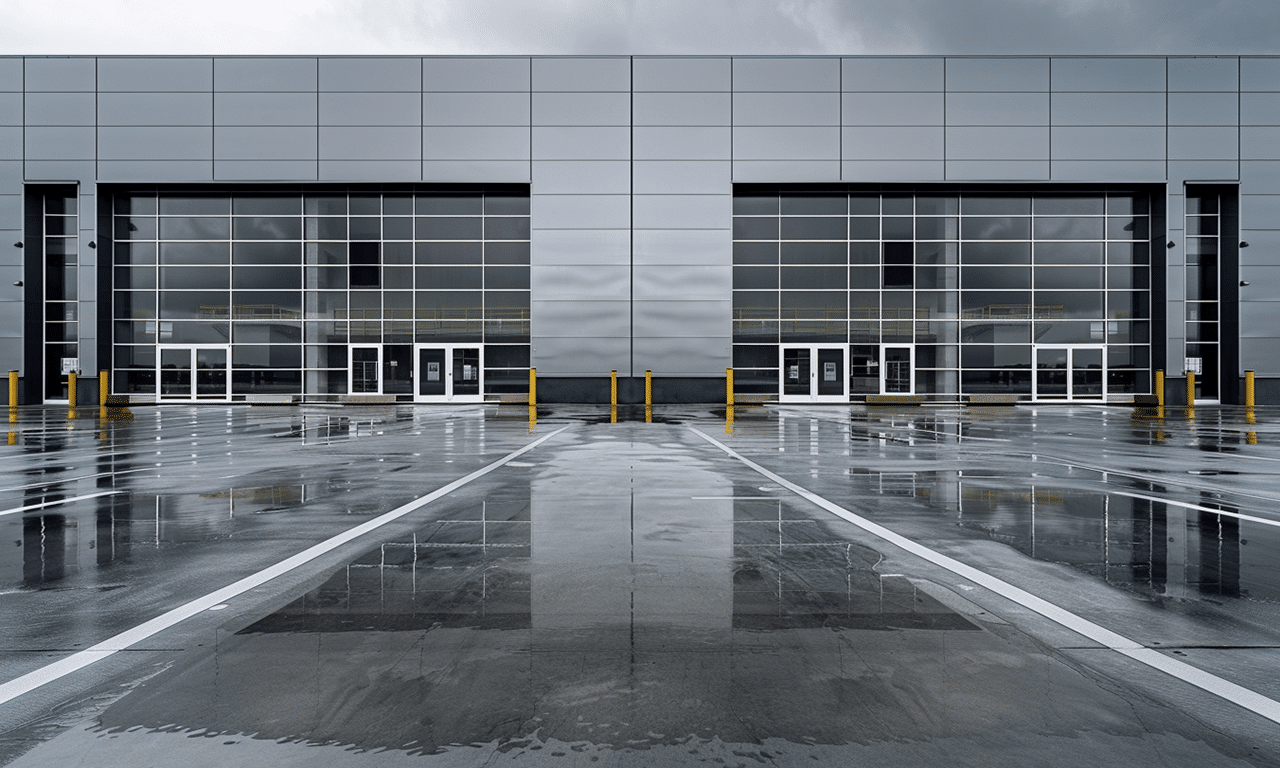
The Role of Energy Facility Buildings in Modern Industry
Energy facility buildings serve as the backbone of various industrial sectors, from manufacturing to processing. These structures are designed to optimize energy usage, reduce operational costs, and enhance productivity. But how do they achieve these objectives?
By integrating advanced technologies and energy-efficient design principles, energy facility buildings significantly contribute to reducing carbon footprints. They house equipment essential for generating, distributing, and managing energy efficiently, making them indispensable in today’s eco-conscious world.
The Evolution of Industrial Steel Buildings in Energy Facilities
One cannot discuss energy facility buildings without mentioning the role of Industrial Steel Buildings. These structures offer unparalleled durability, flexibility, and cost-efficiency, making them ideal for energy facilities.
Steel buildings have evolved to accommodate the complex needs of energy facilities. With advancements in engineering and design, these structures can now support heavy equipment and withstand harsh environmental conditions. Furthermore, their modular nature allows for easy expansion, catering to the dynamic demands of the energy sector.
Key Features of Modern Energy Facility Buildings
– Energy Efficiency: Modern energy facility buildings are designed with energy efficiency at the forefront. They incorporate features like smart lighting systems, superior insulation, and renewable energy sources to minimize energy consumption.
– Sustainability: These buildings prioritize sustainable materials and construction practices. By using recycled steel and other eco-friendly materials, they significantly reduce the environmental impact.
– Adaptability: The needs of the energy industry are ever-changing. Energy facility buildings are designed to adapt to new technologies and processes, ensuring long-term viability and efficiency.
– Safety and Compliance: Safety is paramount in energy facility buildings. They must comply with stringent regulations and standards to protect workers and equipment from potential hazards.
-
30×50 Metal Building MB212305014W0 Deposit
$18,000.00 Add to cart -
30×50 Garage Package Deposit
$8,500.00 Add to cart -
30×30 Garage Package Deposit
$8,500.00 Add to cart -
20×40 Garage Package Deposit
$5,500.00 Add to cart -
60×80 Steel Building Kit Deposit
$20,000.00 Add to cart -
50×100 Steel Building Kit Deposit
$20,000.00 Add to cart -
50×80 Steel Building Kit Deposit
$20,000.00 Add to cart -
50×60 Steel Building Kit Deposit
$20,000.00 Add to cart
The Importance of Industrial Manufacturing Buildings in Energy Sector
The energy sector relies heavily on Industrial Manufacturing Buildings. These facilities are where the magic of transforming raw materials into energy solutions happens. They are equipped with state-of-the-art machinery and technology that drive innovation and efficiency.
Manufacturing buildings in the energy sector must accommodate complex processes, from assembling solar panels to producing wind turbines. Therefore, these structures must be versatile, robust, and technologically advanced to support such operations.
Design Considerations for Energy Facility Buildings
Designing an energy facility building involves a meticulous approach that balances functionality, sustainability, and cost-effectiveness. Here’s what goes into designing these structures:
– Site Selection: The location of an energy facility is crucial. It must be strategically placed to optimize logistics and accessibility while considering environmental impacts.
– Material Choice: Selecting the right materials is vital for durability and energy efficiency. Steel is a preferred choice due to its strength, recyclability, and adaptability.
– Technology Integration: Modern energy facilities integrate cutting-edge technology, including smart energy management systems and IoT devices, to enhance operational efficiency.
– Compliance and Safety: Adhering to regulatory standards and ensuring safety features are paramount in the design process.
Industrial Processing Plants: A Cornerstone of Energy Production
Energy production isn’t complete without Industrial Processing Plants. These facilities are integral to converting raw materials into energy, whether it’s refining crude oil or processing natural gas.
Processing plants are engineering marvels, designed to handle massive volumes of materials efficiently and safely. They incorporate advanced technologies to maximize output while minimizing waste and emissions.

Describe Your Project
Share your project details, and we’ll assign you an expert to provide tailored advice and guide you through the next steps.
Step 02
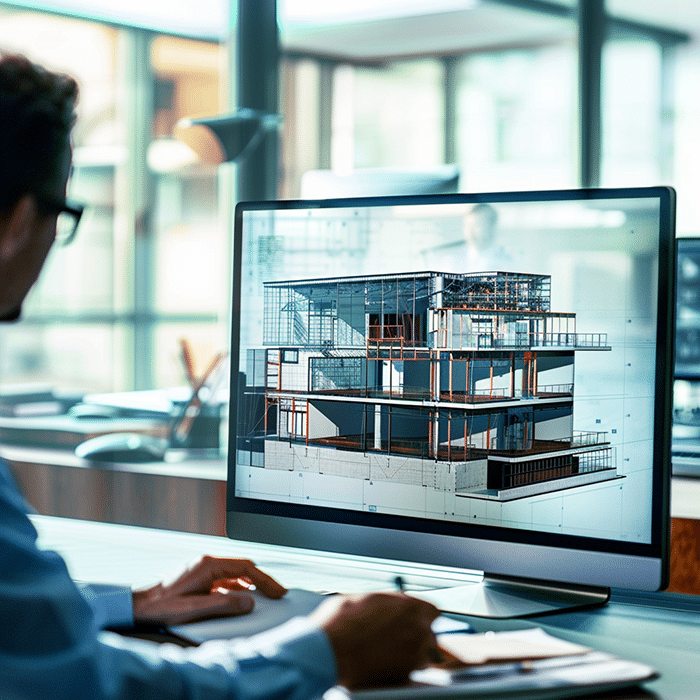
Get a Tailored Quote
Based on your project requirements, we’ll provide a customized quote that includes design, materials, and any additional services you may need.
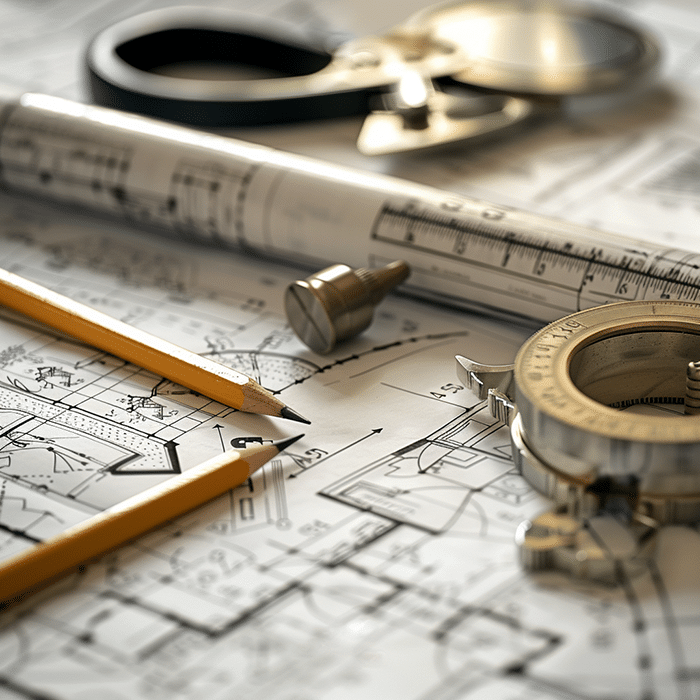
Questions - Approvals
Review the project plan and design we propose. Once you approve, we’ll finalize the timeline and prepare everything to start the process.

Start Building
Our skilled professionals will begin the construction process, delivering high-quality workmanship and keeping you informed every step of the way.
FAQ’s
Do I need a building permit for a metal carport in Canada?
Yes, building permits are often required for installing a carport. Since regulations vary across provinces and municipalities, it’s best to check with your local building authority to ensure you meet all zoning and construction requirements.
What materials are commonly used in metal carports?
Metal carports are usually made from galvanized steel, which provides excellent durability and weather resistance. The frames often use 14-gauge or 12-gauge steel, while the roofs are constructed with heavy-duty metal panels designed to withstand Canadian winters.

How should I prepare my site for carport installation?
Before installation, make sure the ground is level and free from debris. For uneven terrain, consider hiring a professional to grade the area. Additionally, mark any underground utilities to avoid damage during the installation process.
Why choose a metal carport over other materials like wood?
Metal carports are more durable, low-maintenance, and cost-effective than wood. They resist fire, pests, and rot while standing up better to Canada’s extreme weather conditions, such as heavy snow and high winds.
Can I upgrade my carport to a fully enclosed garage later?
Yes, many metal carports can be customized or upgraded into enclosed structures. Discuss your long-term plans with the manufacturer or installer to ensure your initial design supports future modifications.
Government Support and Programs for Energy Facility Development
Governments worldwide recognize the importance of energy facility buildings in achieving sustainable energy goals. In Canada, Natural Resources Canada – Energy Programs provides support and resources to promote energy-efficient practices and technologies.
These programs offer incentives and guidance to industries looking to enhance their energy facilities, encouraging the adoption of green technologies and sustainable practices.
Future Trends in Energy Facility Buildings
As we look to the future, energy facility buildings will continue to evolve, incorporating even more advanced technologies and sustainable practices. Key trends to watch include:
– Smart Buildings: The integration of IoT and AI technologies will transform energy facility buildings into smart structures that optimize energy usage and predictive maintenance.
– Renewable Integration: The shift towards renewable energy sources will see more facilities incorporating solar panels, wind turbines, and other green technologies.
– Modular Construction: The demand for flexibility and rapid deployment will drive the adoption of modular construction techniques in energy facility buildings.
Where To Start?
Get a quick estimate or discuss your vision with our experts, we're here to guide you every step of the way towards your ideal solution.



